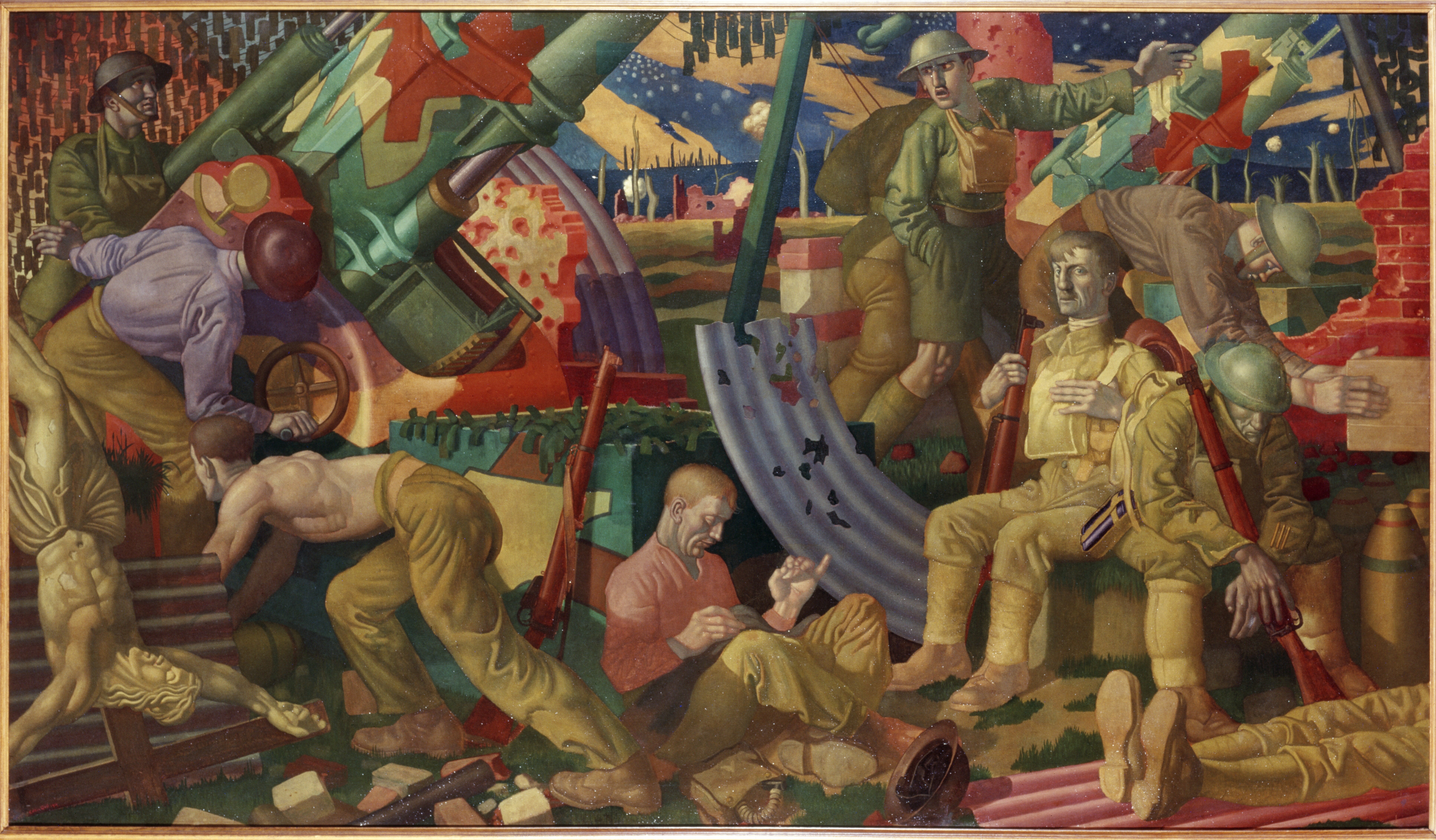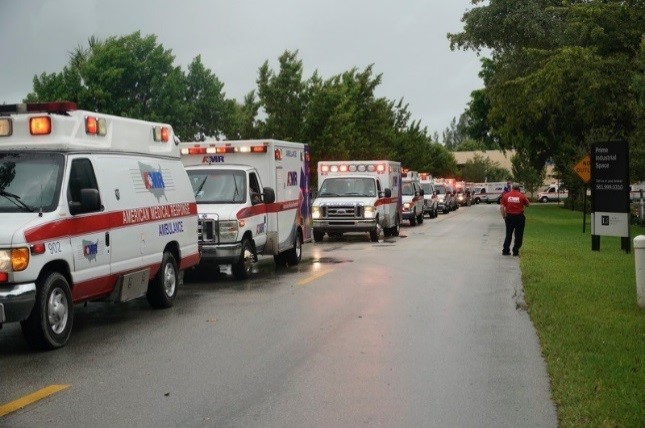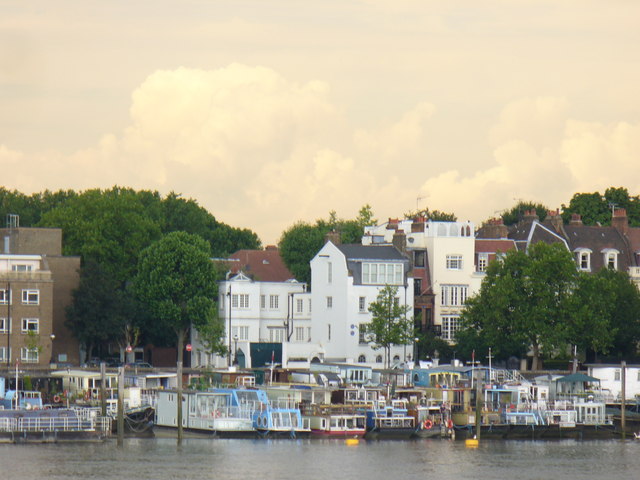|
Mabel Lethbridge
Mabel Florence Lethbridge BEM (7 July 1900 – 14 July 1968) was a 20th-century English writer and business woman. She was the youngest person at the time to receive the British Empire Medal, an award affiliated to the Order of the British Empire, for her services in the Great War as a munitions factory worker. She was severely injured when a shell she was packing exploded and described her experiences in a series of autobiographies. Early life Mabel Lethbridge was born on 7 July 1900 in Luccombe, Somerset, the second youngest of six children of John Acland Musgrave Lethbridge (1869 – 1934) and the American Florence Martin (Mary) Cooper (d 1931). Her Grandfather was Sir Wroth Periam Christopher Lethbridge, 5th Baronet (1863–1950) and her paternal family were long established Somerset gentry. Her parents divorced in 1903 and the first volume of her autobiography is brief on her childhood years,Mabel Lethbridge, ''Fortune Grass'', G Bles, 1936. although she later records that ... [...More Info...] [...Related Items...] OR: [Wikipedia] [Google] [Baidu] |
Colin Gill
Colin Unwin Gill (12 May 1892 – 16 November 1940) was an English artist who painted murals and portraits and is most notable for the work he produced as a war artist during the First World War. Biography Early life Colin Gill was born at Bexleyheath in Kent. He studied at the Slade School of Art, and in 1913 became the first recipient of the Rome Scholarship in Decorative Painting to the British School at Rome. First World War At the start of World War I, Gill joined the Royal Garrison Artillery and served with them on the Western Front as a second lieutenant with the 17th Heavy Battery until 1916, when he was seconded to the Royal Engineers to work as a front-line camouflage officer. He was invalided back to England, with gas poisoning in March 1918, and spent several months recovering at the Hospital for Officers on the Isle of Wight. In May 1918, Gill offered his services as a war artist but, initially was turned down and continued to work as a camouflage instruc ... [...More Info...] [...Related Items...] OR: [Wikipedia] [Google] [Baidu] |
Rudolph Glossop
Rudolph Glossop (17 February 1902 – 1 March 1993) was a British mining and civil engineer and one of the founders of Geotechnical Engineering in the UK.Ronald E. Williams, "Rudolph Glossop: and the Rise of Geotechnology", Whittles, 201accessed 16 February 2011/ref> The Glossop Lecture at the Geological Society is named after him. References External linksGeological Society Glossop Lecture 1902 births 1993 deaths Geotechnical engineers {{Geologist-stub ... [...More Info...] [...Related Items...] OR: [Wikipedia] [Google] [Baidu] |
Roman Catholicism
The Catholic Church, also known as the Roman Catholic Church, is the List of Christian denominations by number of members, largest Christian church, with 1.3 billion baptized Catholics Catholic Church by country, worldwide . It is among the world's oldest and largest international institutions, and has played a prominent role in the history and development of Western civilization.Gerald O'Collins, O'Collins, p. v (preface). The church consists of 24 Catholic particular churches and liturgical rites#Churches, ''sui iuris'' churches, including the Latin Church and 23 Eastern Catholic Churches, which comprise almost 3,500 dioceses and Eparchy, eparchies located List of Catholic dioceses (structured view), around the world. The pope, who is the bishop of Rome, is the Papal supremacy, chief pastor of the church. The bishopric of Rome, known as the Holy See, is the central governing authority of the church. The administrative body of the Holy See, the Roman Curia, has its pr ... [...More Info...] [...Related Items...] OR: [Wikipedia] [Google] [Baidu] |
Bryan Wynter
Bryan Herbert Wynter (8 September 1915 – 2 February 1975)The-Artist.orgwebsite (Includes chronology and photographic portrait) was one of the St. Ives group of British painters. His work was mainly abstract, drawing upon nature for inspiration. Born in London, he was educated at Haileybury. In 1933 he began work as a trainee in his family's laundry business. In 1937–38 he studied at Westminster School of Art, and 1938–40 at the |
Sven Berlin
Sven Paul Berlin (14 September 1911 – 14 December 1999) was an English painter, writer and sculptor. He is now best known for his controversial fictionalised autobiography ''The Dark Monarch'', which was withdrawn just days after publication in 1962 following legal action. The book became the theme of an exhibition in Tate St Ives in autumn 2009 when it was re-published. Early life Berlin was born and grew up in Sydenham, south-east London, in a conventional household for the time, though he was obliged to leave school due to financial pressures at the age of twelve, pursuing a successful career as an adagio dancer until his mid-twenties, where he met his first wife, Helga. First marriage and Second World War In 1938 he moved to Cornwall to develop his artistic skills, and came under the influence of Dr Frank Turk, an Exeter University educationalist, and attended lectures on philosophy, ancient cultures and the arts. A son, Paul, and daughter, Janet (who later adopte ... [...More Info...] [...Related Items...] OR: [Wikipedia] [Google] [Baidu] |
Cornwall
Cornwall (; kw, Kernow ) is a historic county and ceremonial county in South West England. It is recognised as one of the Celtic nations, and is the homeland of the Cornish people. Cornwall is bordered to the north and west by the Atlantic Ocean, to the south by the English Channel, and to the east by the county of Devon, with the River Tamar forming the border between them. Cornwall forms the westernmost part of the South West Peninsula of the island of Great Britain. The southwesternmost point is Land's End and the southernmost Lizard Point. Cornwall has a population of and an area of . The county has been administered since 2009 by the unitary authority, Cornwall Council. The ceremonial county of Cornwall also includes the Isles of Scilly, which are administered separately. The administrative centre of Cornwall is Truro, its only city. Cornwall was formerly a Brythonic kingdom and subsequently a royal duchy. It is the cultural and ethnic origin of the Cornish diaspora ... [...More Info...] [...Related Items...] OR: [Wikipedia] [Google] [Baidu] |
St Ives, Cornwall
St Ives ( kw, Porth Ia, meaning " St Ia's cove") is a seaside town, civil parish and port in Cornwall, England. The town lies north of Penzance and west of Camborne on the coast of the Celtic Sea. In former times it was commercially dependent on fishing. The decline in fishing, however, caused a shift in commercial emphasis, and the town is now primarily a popular seaside resort, notably achieving the title of Best UK Seaside Town from the British Travel Awards in both 2010 and 2011. St Ives was incorporated by Royal Charter in 1639. St Ives has become renowned for its number of artists. It was named best seaside town of 2007 by ''The Guardian'' newspaper. History Early history The origin of St Ives is attributed in legend to the arrival of the Irish saint Ia of Cornwall, in the 5th century. The parish church bears her name, and the name St Ives derives from it. The Sloop Inn, which lies on the wharf was a fisherman's pub for many centuries and is dated to "circa 1 ... [...More Info...] [...Related Items...] OR: [Wikipedia] [Google] [Baidu] |
The Blitz
The Blitz was a German bombing campaign against the United Kingdom in 1940 and 1941, during the Second World War. The term was first used by the British press and originated from the term , the German word meaning 'lightning war'. The Germans conducted mass air attacks against industrial targets, towns, and cities, beginning with raids on London towards the end of the Battle of Britain in 1940 (a battle for daylight air superiority between the Luftwaffe and the Royal Air Force over the United Kingdom). By September 1940, the Luftwaffe had lost the Battle of Britain and the German air fleets () were ordered to attack London, to draw RAF Fighter Command into a battle of annihilation.Price 1990, p. 12. Adolf Hitler and Reichsmarschall Hermann Göring, commander-in-chief of the Luftwaffe, ordered the new policy on 6 September 1940. From 7 September 1940, London was systematically bombed by the Luftwaffe for 56 of the following 57 days and nights. Most notable was a large dayli ... [...More Info...] [...Related Items...] OR: [Wikipedia] [Google] [Baidu] |
Ambulance Service
Emergency medical services (EMS), also known as ambulance services or paramedic services, are emergency services that provide urgent pre-hospital treatment and stabilisation for serious illness and injuries and transport to definitive care. They may also be known as a first aid squad, FAST squad, emergency squad, ambulance squad, ambulance corps, life squad or by other initialisms such as EMAS or EMARS. In most places, the EMS can be summoned by members of the public (as well as medical facilities, other emergency services, businesses and authorities) via an emergency telephone number which puts them in contact with a control facility, which will then dispatch a suitable resource for the situation. Ambulances are the primary vehicles for delivering EMS, though some also use squad cars, motorcycles, aircraft, or boats. EMS agencies may also operate a non-emergency patient transport service, and some have rescue squads to provide technical rescue services. As a first resor ... [...More Info...] [...Related Items...] OR: [Wikipedia] [Google] [Baidu] |
Chertsey
Chertsey is a town in the Borough of Runnymede, Surrey, England, south-west of central London. It grew up round Chertsey Abbey, founded in 666 CE, and gained a market charter from Henry I. A bridge across the River Thames first appeared in the early 15th century. The River Bourne through the town meets the Thames at Weybridge. The Anglican church has a medieval tower and chancel roof. The 18th-century listed buildings include the current stone Chertsey Bridge and Botleys Mansion. A curfew bell, rung at 8 pm on weekdays from Michaelmas to Lady Day ties with the romantic local legend of Blanche Heriot, marked by a statue of her and the bell at Chertsey Bridge. Green areas include the Thames Path National Trail, Chertsey Meads and a round knoll (St Ann's Hill) with remains of a prehistoric hill fort known as Eldebury Hill. Pyrcroft House dates from the 18th century and Tara from the late 20th. Train services are run between Chertsey railway station and London Waterloo by S ... [...More Info...] [...Related Items...] OR: [Wikipedia] [Google] [Baidu] |
Cheyne Walk
Cheyne Walk is an historic road in Chelsea, London, England, in the Royal Borough of Kensington and Chelsea. It runs parallel with the River Thames. Before the construction of Chelsea Embankment reduced the width of the Thames here, it fronted the river along its whole length. Location At its western end, Cheyne Walk meets Cremorne Road end-on at the junction with Lots Road. The Walk runs alongside the River Thames until Battersea Bridge where, for a short distance, it is replaced by Chelsea Embankment with part of its former alignment being occupied by Ropers Gardens. East of Old Church Street and Chelsea Old Church, the Walk runs along the north side of Albert Bridge Gardens and Chelsea Embankment Gardens parallel with Chelsea Embankment. At the north end of Albert Bridge, the Walk merges with Chelsea Embankment. The Walk ends at Royal Hospital Road. At the western end between Lots Road and Battersea Bridge is a collection of residential houseboats that have been ''in s ... [...More Info...] [...Related Items...] OR: [Wikipedia] [Google] [Baidu] |
Tite Street
Tite Street is a street in Chelsea, London, England, within the Royal Borough of Kensington and Chelsea, just north of the River Thames. It was laid out from 1877 by the Metropolitan Board of Works, giving access to the Chelsea Embankment. History The street is named after William Tite who was a member of the Metropolitan Board of Works, responsible for the construction of Chelsea Embankment to the south of Tite Street. Gough House stood on the eastern side of the street, and was built around 1707. It became a school in 1830, then the Victoria Hospital for Children in 1866. In 1898, the building was considered inadequate for its purpose. The hospital moved to St George's Hospital, and the original building was demolished in 1968. The site is now occupied by St Wilfred's convent and home for the elderly. In the late 19th century, the street was a favoured and fashionable location for people of an artistic and literary disposition. On 27 November 1974, two bombs planted by th ... [...More Info...] [...Related Items...] OR: [Wikipedia] [Google] [Baidu] |

.jpg)


.jpg)
